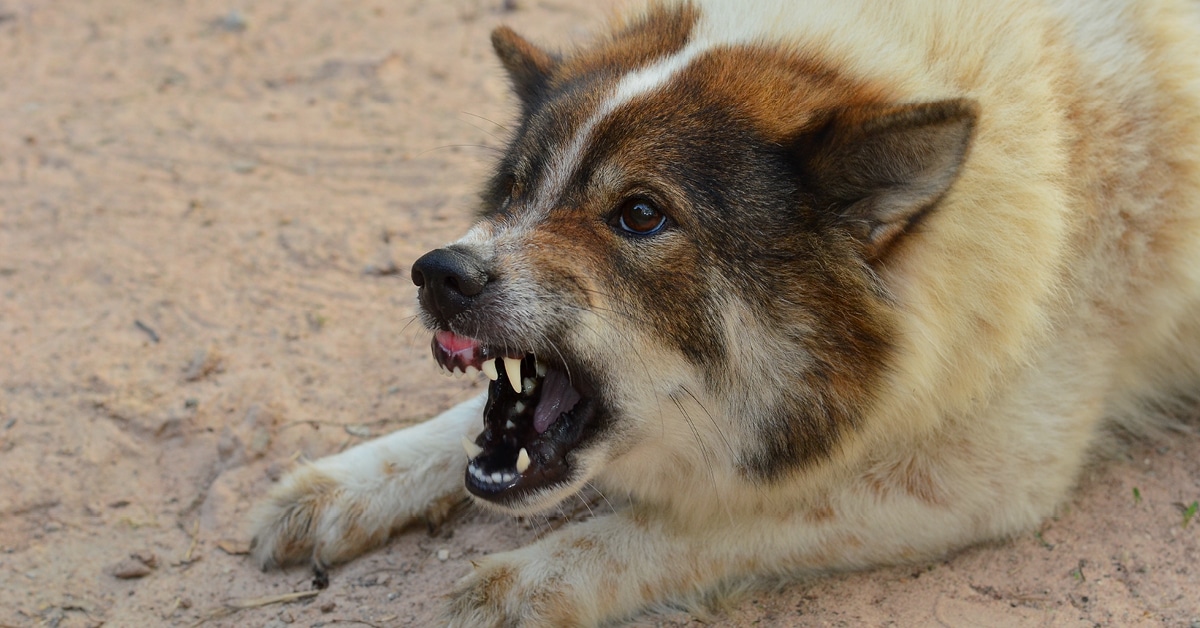Even the most docile dog can lash out when feeling frightened, hurt, confused or provoked, leading to a nightmare scenario for the injured party, the pet parent and their canine companion. Here we have some tips on how to prevent and avoid dog bites both for dog owners and for folks who are around dogs.
Become familiar canine body language
Dog bites can be prevented by becoming familiar with canine body language. Because dogs don’t speak our language, the only way to truly comprehend and communicate with them is for us to understand and appreciate what they are telling us through their body and vocal language. Often, gestures or actions that we assume mean one thing are actually the dog telling us the exact opposite, and determining what that wagging tail or exposed tummy really means can sometimes be the difference between a belly rub and a bite.
Dogs communicate using a complex language of body signals that reflect what they are thinking and feeling. They use these signals consciously and unconsciously to communicate intent and ensure their personal safety by affecting behavior in others.
Defensive and Offensive Language
When a dog has to defend herself from an actual or perceived threat she will demonstrate defensive or offensive language in order to keep herself safe. This language manifests itself in behaviors that encourage a threat to keep their distance. If the threat does not back away and the dog has nowhere to go, defensive behavior will turn offensive and the dog will bite. These behaviors are usually easy to recognize and understand.
- Body leaning forward
- Tense mouth
- Lips pushed forward and vibrating as the dog growls
- Air snapping – the dog snaps in the air to warn something to back away
- Snapping with skin contact – also a warning to back away
- Fast nip – an immediate bite and release with bruising or slight wound, telling a threat to back off
- Deeper bite – a dog that bites with more intensity is intending to harm
- Bite and hold – intent to harm
- Bite, hold, and shake – intent to harm and potentially to kill. Some dogs will bite, hold, shake, and disembowel stuffed toys, simulating the killing of prey; while this is prevalent among dogs with high prey drive, even dogs with low drive can indulge in behavior of this type. If your dog likes to disembowel stuffed toys, this doesn’t mean he wants to do the same with people or other animals. Sadie loves to disembowel toys, but she is incredibly gentle with people, especially children.
- Wagging tail – again, a wagging tail does not always mean a happy dog
- Hard, staring eyes
Dog bite prevention tips for pet owners:
- Socialize and train your dog, so that it is confident and friendly about the world outside of your home.
- Always keep your dog secure on a leash when walking in public.
- Never allow your dog to run loose off your property.
- Always supervise your dog when it is outside, even in a fenced yard.
- Visit your vet once a year for a health check and rabies shot. A sick or injured dog may be more likely to bite.
- Make sure your dog has a safe place to be away from company if necessary.
- Always supervise children and babies around dogs.
- Don’t put your dog in any situation where it doesn’t feel safe. A fearful dog may bite.
- Spay or neuter your dog. Most dogs who bite are not spayed and neutered.
- Bring your dog inside and make it part of the family. A dog chained in a back yard is not a family dog and may be less socialized. A less socialized dog may be more likely to bite.
Dog bite prevention tips for anyone around dogs:
- Don’t reach over a fence to pet a dog, even a dog you know. A fence could make a dog feel more protective.
- Always ask the owner first if you can pet his/her dog. Not all dogs walked in public are friendly with everyone.
- Do not hug a dog that you don’t know. Hugging is for people, not dogs.
- Never run from a stray dog. Walk away slowly or stand completely still.
- Always supervise children and dogs together.
- Teach children to be respectful and not hit a dog or pull on a dog’s tail or ears.
- Leave a dog alone when it’s eating, sleeping or playing alone with its toys.
- Never stare down a dog. Staring could be considered a challenge to a fight.
